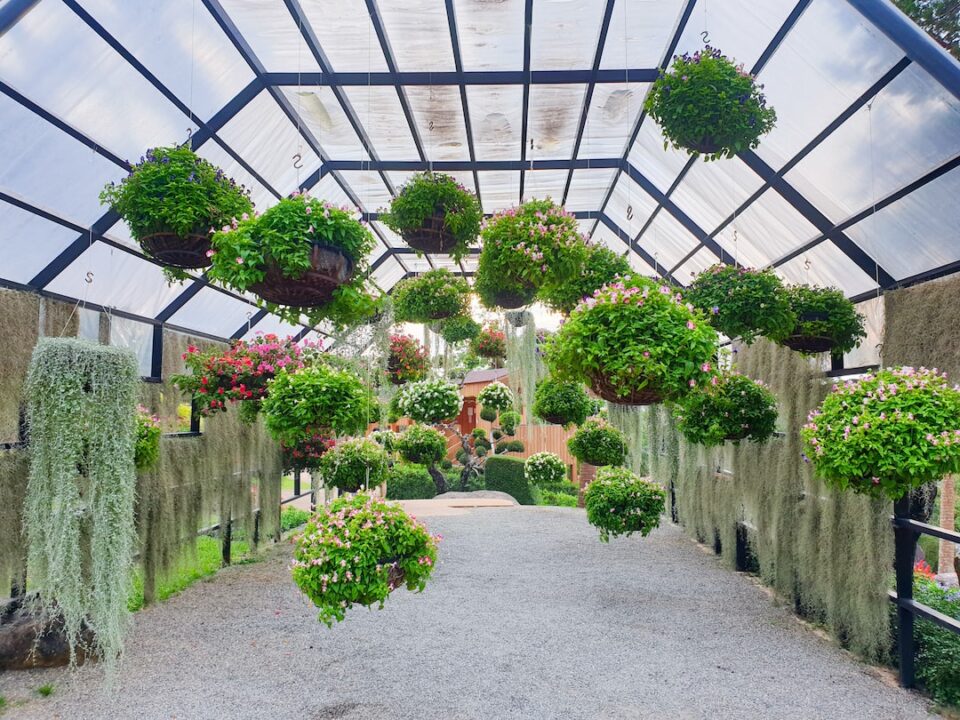As a passionate gardener, one of the biggest challenges you may face is extending the growing season in your garden. With a longer growing season, you have the opportunity to grow more crops, experiment with different varieties, and enjoy fresh produce for a greater portion of the year. Luckily, there are several effective tips and strategies that can help you achieve this goal. In this blog post, we will explore some of the best methods for extending the growing season in your garden.
1. Start with the right crops:
One of the easiest ways to extend your growing season is to choose crops that are specifically suited for cool climates or have shorter maturity periods. Vegetables like lettuce, radishes, spinach, and kale are excellent choices as they thrive in cooler temperatures and can be grown in early spring or late fall. They also tend to be less affected by frost or a sudden drop in temperature.
2. Utilize cold frames and row covers:
Cold frames and row covers are essential tools for extending the growing season. Cold frames are essentially small, enclosed structures with transparent tops that trap heat from the sun and provide a protected environment for your plants. They can be used to start seeds or grow crops that require slightly warmer temperatures. Row covers, on the other hand, are lightweight fabric covers that can be draped over plants to provide protection from cold weather, pests, and frost.
3. Invest in a greenhouse:
If you are serious about extending your growing season, investing in a greenhouse is a fantastic option. Greenhouses create a controlled environment where you can grow a wide variety of plants throughout the year. With the ability to regulate temperature, humidity, and light, you have the freedom to experiment and cultivate crops that wouldn’t normally survive outside of the greenhouse. Whether you choose a traditional glass greenhouse or a more affordable plastic one, this structure will undoubtedly become your garden’s best companion.
4. Use mulch and compost to regulate temperature:
Mulch and compost are excellent tools for maintaining an even soil temperature and preventing fluctuations that can harm your plants. By applying a layer of organic matter such as straw, leaves, or wood chips around your plants, you can help insulate the roots and prevent temperature extremes. Additionally, regular applications of compost enrich the soil, providing essential nutrients and enhancing its ability to retain heat, thereby extending the growing season.
5. Grow plants in containers:
Container gardening is another effective method for extending the growing season. By utilizing containers, you have the ability to move your plants indoors during cold snaps or inclement weather. This allows you to protect delicate crops from frost and maintain a favorable environment for growth. Additionally, containers offer the advantage of portability, meaning you can follow the sun and move your plants to take advantage of the warmest spots in your garden.
6. Make use of heat-absorbing materials:
Another simple yet highly effective method for extending the growing season is to incorporate heat-absorbing materials into your garden. For example, black plastic mulch or dark-colored stones placed around plants can absorb and retain heat from the sun, warming the soil and creating a microclimate that promotes growth. Similarly, using materials like bricks or stones as pathways or raised beds can serve as heat sinks that release warmth during cooler periods.
7. Consider using grow lights:
If you have limited access to natural sunlight or want to grow plants indoors, invest in grow lights. LED or fluorescent lights that emit the full spectrum of light necessary for photosynthesis can be used to supplement or replace natural light. By mimicking daylight conditions, grow lights can provide the essential light energy that plants need to grow and thrive, helping to extend your growing season and maximize productivity.
By implementing these tips, you can easily extend the growing season in your garden and enjoy fresh produce for a longer period. Remember to choose the right crops, utilize protective structures or covers, invest in a greenhouse if possible, make use of mulch and compost, consider container gardening, incorporate heat-absorbing materials, and use grow lights when needed. With these strategies in place, your garden will become a year-round oasis of delicious and healthy plants. Happy gardening!

